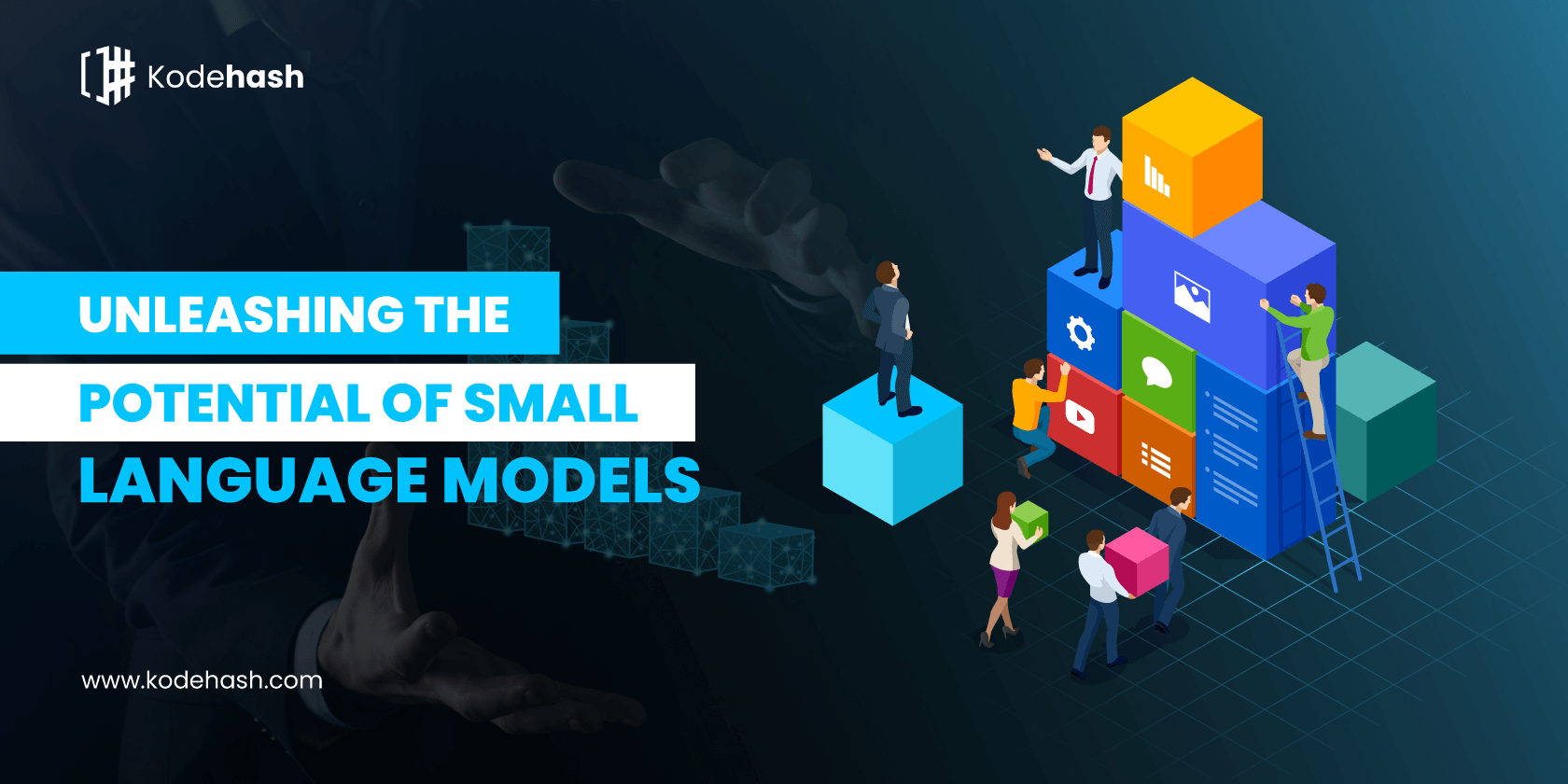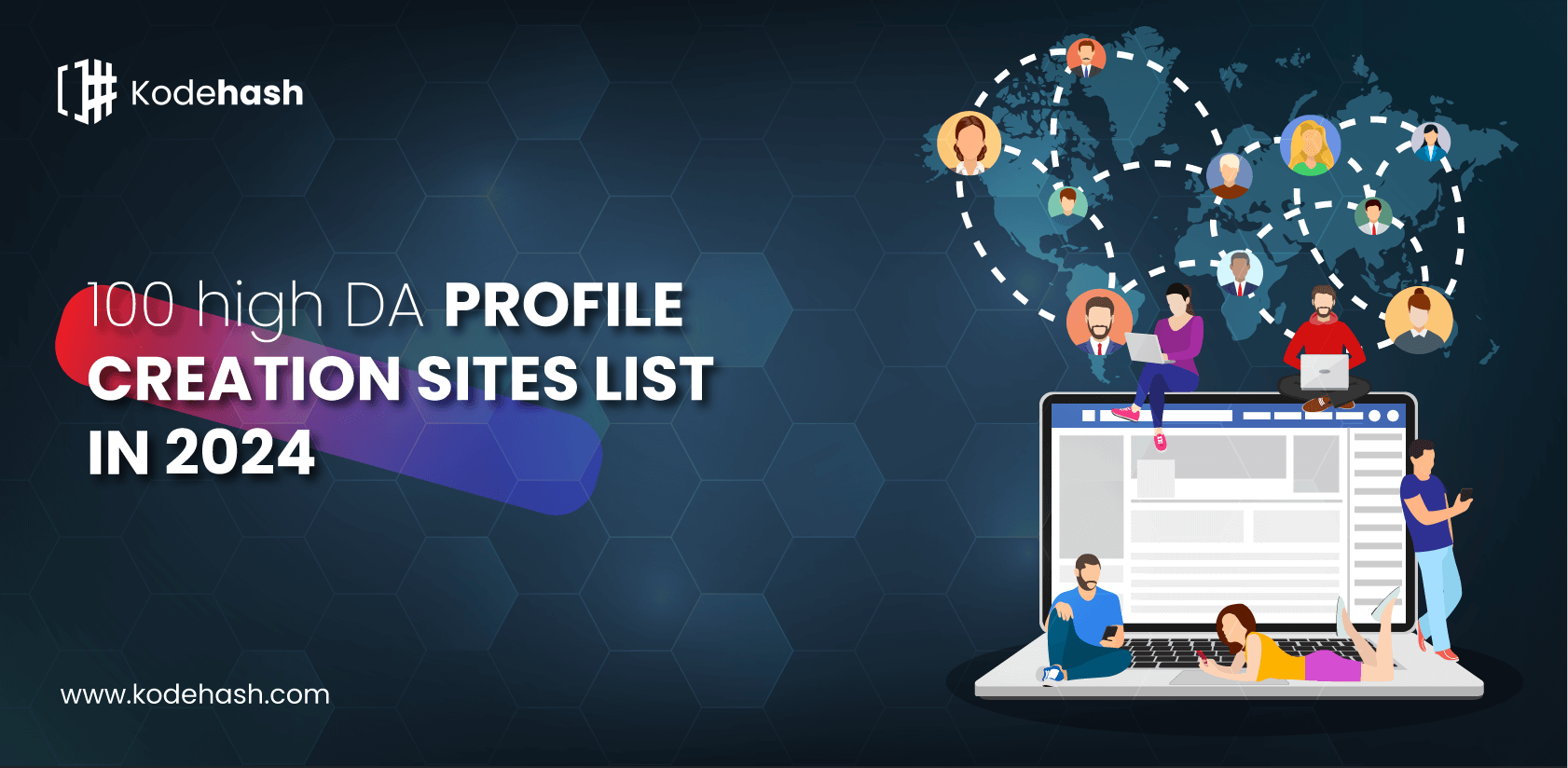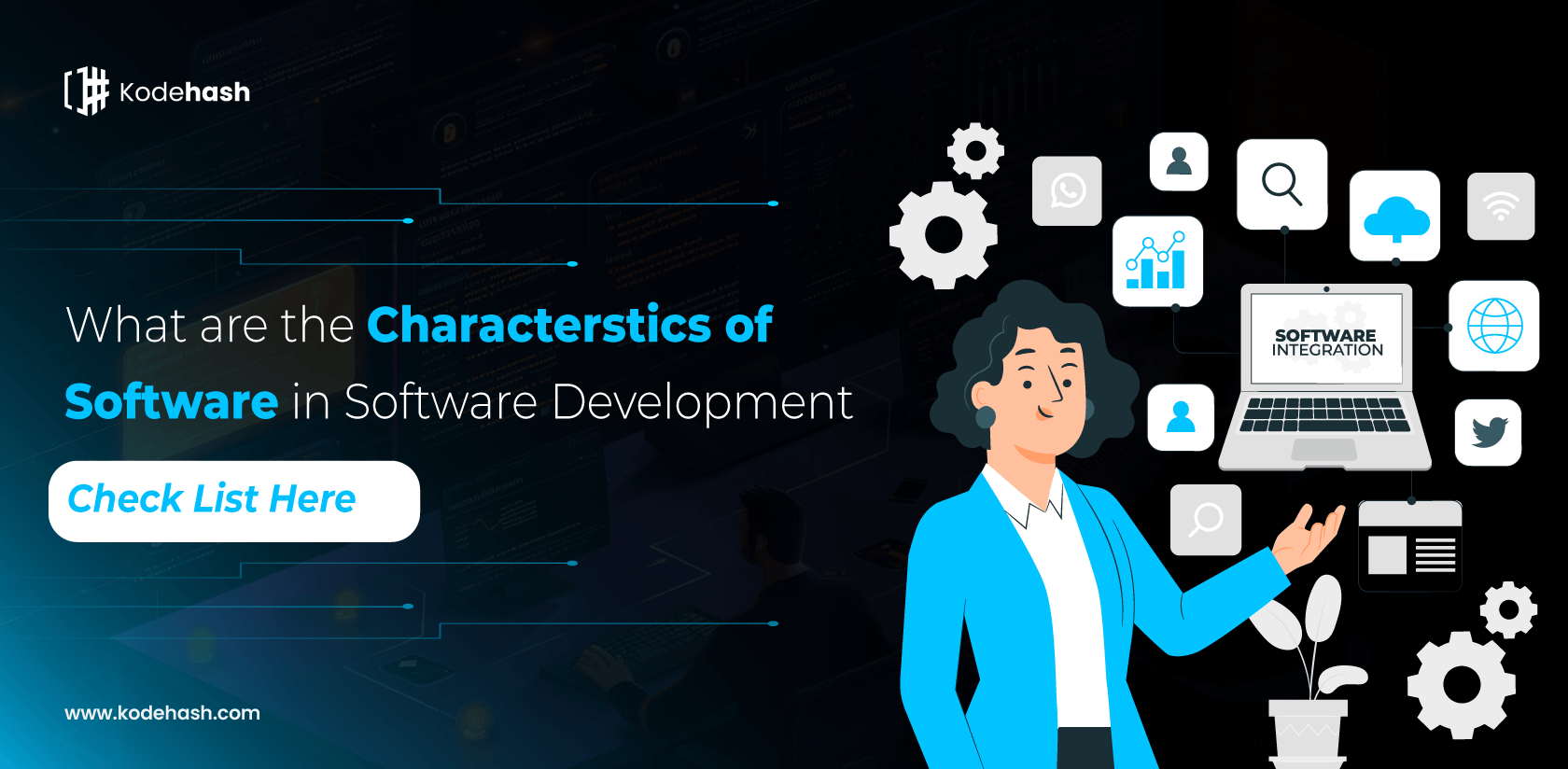Unleashing the Potential of Small Language Models

How about a world where intelligent assistants seamlessly understand users’ needs and respond fast. This is becoming possible with the advent of small language models (SLMs), a rapidly growing domain that can transform the way we use technology. For years, the language model’s domain was dominated by their bigger counterparts – large language models (LLMs). Though LLMs have billions or trillions of parameters, they have high storage needs and limited accessibility. Then comes SLMs, the next best alternative.
In this blog, we will talk about the realm of small language models, distinguishing them from their larger counterparts, LLMs, and reasons why they are becoming popular among enterprises.
Understanding SLMs
These models represent a particular subset within the broader domain of artificial intelligence, purposefully within the field of Natural Language Processing (NLP). Unlike their counterparts, large language models like GPT-4 that are loaded with billions/ even trillions of parameters, SLMs have a small range, varying from thousands to a few million parameters. This reduced scale has made these smaller language models more accessible and feasible for businesses having limited resources for managing larger models.
Key Highlights of Small Language Models
Despite their small size, these models showcase incredible features in natural language processing (NLP) and other AI tasks.
Efficiency and Speed: They are highly efficient and need fewer computational resources. This feature makes them perfect for applications that focus on speed and responsiveness. This efficiency extends to both the training and deployment phases, resulting in fast iteration.
Resource Accessibility: In resource-constrained environments, they are important. Due to their lower resource requirements, they are used by many developers, researchers, and organizations, democratizing AI capabilities.
Adaptability to Particular Tasks: Small language models can be customized as per the specific tasks with precision. Their compact nature results in quicker fine-tuning, enabling developers to create models specifically optimized for particular use cases.
Benefits of SLMs for Businesses
These models are used and deployed by the businesses due to their unique advantages and features. Let’s check out some of the benefits of SLMs:
Control and tailoring: SLMSs provide a level of control and customization that bigger LLMs might not be able to provide. It lets businesses improve data security and address unique requirements. Unlike LLMs, which are more rigid in their approach, SLMs can be easily customized as per the unique needs of a given application or industry.
Efficient resource usage: Another advantage of SLMs is their efficiency in using computational resources. Since small language models are relatively smaller in size than LLMs, they consume less energy and can operate on hardware with fewer specifications. For instance, small models can effectively run on a single GPU, so they prove to be more valuable owing to the high costs associated with these chipsets.
Enhanced Security and Privacy: Another advantage is their potential for enhanced safety and security. Since they are small in size, developers can easily deploy them on-premises or in private cloud environments, thereby lowering the chances of data leaks. This feature makes SLMs the most ideal option for businesses dealing with confidential data, like finance, healthcare, banking, etc.
Affordable: The small size of SLM results in lower computational and financial costs. Training data, implementing, and maintaining an SLM is relatively less resource-intensive, making it the best option for smaller enterprises or specific departments within larger organizations. With cost efficiency, one does not have to compromise the quality at all, as SLMs surpass even the capabilities of larger models.
Large Language Models and Small Language Models: Key Differences
Both LLMs and SLMs have two distinct approaches, with each of them tailored to specific needs and constraints. The table provides a detailed comparison between the two, ranging from size and training requirements to applications and potential impacts.
| Factors | LLM | SLM |
| Size | Huge architectures with billions of parameters | Streamlined architectures with less parameters |
| Complexity | Intricate and deep neural networks | More straightforward architecture, less intricate |
| Training requirements | Massive, diverse datasets for detailed understanding | Limited datasets, customized for particular tasks. |
| Training period | Training takes months | Can be trained in weeks |
| NLP abilities | Outstanding NLP abilities | Limited NLP capabilities and exposure. |
| Linguistic exposure | Exposed to a vast array of linguistic patterns | More limited exposure, a narrower range of linguistic understanding |
| Computational requirements | Significant resources, and advanced hardware required | Tailored for low-resource settings, suitable for standard hardware |
| Deployment requirements | High-power, resource-intensive environments | Ideal for low-resource settings |
| Performance | Excels in accuracy, handles complex tasks | Slightly less adept at complex tasks |
| Applications | Perfect for hi-tech NLP tasks, creative text generation | Ideal for IoT devices, mobile apps, etc. |
| Customization | Need more resources for alternation, less adaptable to small-scale applications | It can be customized easily and adapted for particular applications |
In the dynamic world of NLP, small language models serve as pillars for innovation, providing access to advanced language processing tools and fostering inclusivity within the field. Indeed, small language models must not be underestimated at all. Their compact size, efficiency, and adaptability make them ideal in the AI world. Whether it’s about designing chatbots, powering edge computing applications, or improving educational tools, SLMs have shown their abilities and positive impact.
Choose Kodehash for SLM Services
At Kodehash Technologies, we stay dedicated to leveraging advanced technology to empower businesses and individuals alike. Being a renowned provider of large and small language models, we harness the power of AI to drive innovation and efficiency. Whether you want to streamline operations, boost customer engagement, or unwind new opportunities, our experts are here to help.
With Kodehash, discover the power of language with our large and small language model development services.
Why Choose Us?
Dedicated Team- The blockchain developers at Kodehash are well aware of the cognitive technologies and provide our clients with high-quality services.
Team Extension- Our team helps clients in expanding their teams with specialized expertise relevant to their projects. Our professionals complement and support your existing workforce.
Project-based Model- We offer a project-based model combining our software development specialists, fostering customer collaboration and engagement on specific client projects.
So explore the specialized small language models tailored to your business’s unique needs to optimize operations. Partner with Kodehash Technologies’ experts for tailored development, unlocking new potential, and driving innovation within your organization.
Recent Blogs
Subscribe:
Subscribe for the newsletter and receive email notification of every future post.




